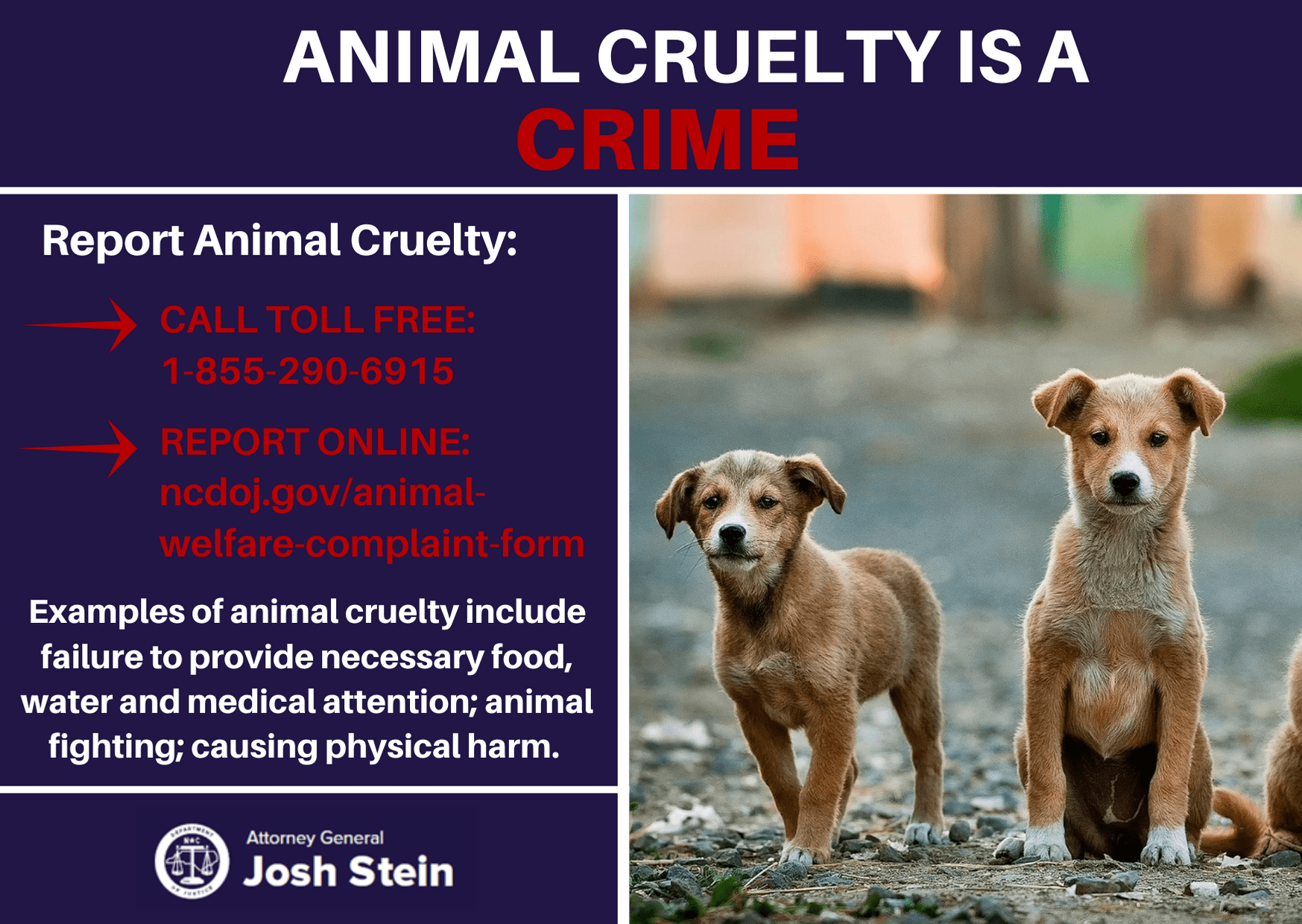Animal cruelty remains a pressing concern, and it is imperative that effective legal strategies and ethical considerations are employed in the defense of such cases. Navigating the complexities of animal cruelty legislation requires not only an understanding of the laws but also a moral compass that guides one’s approach to advocacy. This article will delve into the strategies used in the legal defense of animal cruelty cases, explore the ethical implications involved, and articulate the multifaceted dimensions of the issue.
To effectively defend against accusations of animal cruelty, one must first grasp the intricacies of the applicable laws. Animal cruelty statutes vary significantly across jurisdictions. In some regions, laws may encompass a broad spectrum of animal neglect and abuse, while others may be more narrowly focused on specific acts. For legal practitioners, thorough research and a nuanced understanding of these statutes are essential. Particularly, understanding the distinctions between felony and misdemeanor offenses can drastically influence case strategies.
In many cases, the defense team may aim to leverage the principles of necessary justification or self-defense in their arguments. These defenses might assert that the actions taken by the accused were not mean-spirited but rather born out of necessity, perhaps to protect another individual from harm. For animals, particularly domesticated ones, the narrative can often revolve around the owner’s perception of their actions being justified based on situational context. Legal counsel may also explore the possibility of voluntary intoxication influencing the accused’s capability to make sound judgments.
The evidentiary component is also pivotal in defending animal cruelty cases. This entails gathering eyewitness accounts, expert testimonies, and any existing veterinary or animal welfare reports. Adequate documentation can clarify the circumstances and motives behind the alleged cruelty. For instance, a defendant might present evidence of a past pattern of care that covers the animal’s needs, asserting that any perceived neglect was a brief, unfortunate lapse rather than a consistent pattern of abuse. Utilizing expert witnesses to provide context on animal behavior or psychological evaluations can further bolster a defense.
Moreover, the defense strategy can hinge on the credibility and reliability of the accuser. Scrutinizing the motives of those reporting the cruelty can introduce reasonable doubt. For example, asserting that a complainant has ulterior motives—whether personal animosity or a misunderstanding of animal behavior—can be a potent tactic. The goal here is to portray the accused in a sympathetic light, arguing that their actions, while perhaps misguided, were not malicious.
When discussing ethical considerations, it is crucial to delineate how the legal defense should align with moral imperatives concerning animal welfare. Defending an individual accused of animal cruelty places lawyers in a paradoxical position; they must navigate the fundamental principles of justice while also grappling with the stark realities of animal suffering. Ethical mindfulness entails recognizing that, while all individuals are entitled to legal representation, this should not come at the expense of showcasing a disregard for animal welfare.
Advocating for responsible ownership and humane treatment of animals should be integral to any legal strategy in these cases. It is vital to engage in educational outreach, promoting awareness around animal rights laws, and fostering dialogue on responsible pet ownership. Lawyers should adopt a community-centric approach, where they encourage offenders to seek rehabilitation rather than just legal loopholes. This aligns systematic change with the broader ethical responsibility to reduce instances of animal cruelty and enhance societal awareness regarding the humane treatment of animals.
Furthermore, leveraging public opinion can become a strategic move in cases with significant media coverage. By controlling the narrative through strategic public relations efforts, defense teams can influence the public perception of the accused, attuning this perception to notions of misunderstandings rather than outright cruelty. Though ethically delicate, shaping public discourse can convert potential jurors’ perspectives, making it vital to approach this avenue with a grounded understanding of the ethical ramifications involved.
The role of the advocate extends beyond the courtroom; it involves engaging with animal welfare organizations, participating in community dialogues, and supporting reforms in legislation that promote the humane treatment of animals. By aligning defense strategies with broader advocacy efforts, attorneys can facilitate a paradigm shift, steering society closer to a future where animal cruelty is universally condemned and discouraged.
Finally, as legal ramifications tighten and the public grows increasingly aware of the implications of animal welfare, staying current with new legislative developments becomes critical for any defense strategy. Engaging with continual education through workshops or seminars on animal law shifts the focus toward cultivating a community that is informed and active in preventing cruelty. Legal defenders should aspire to be both advocates for the accused and champions for the voiceless, finding a balance that can lead to not only fair trials but also advancements in the ethical treatment of animals.
In conclusion, the defense of animal cruelty cases is imbued with various legal strategies and ethical dimensions. An amalgamation of pragmatic legal tactics, an unwavering commitment to animal welfare, and a willingness to engage in community-level discourse is paramount. By navigating these intersections thoughtfully, advocates can drive societal change while upholding the principles of justice.








